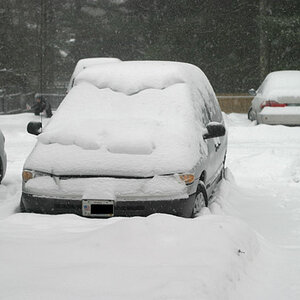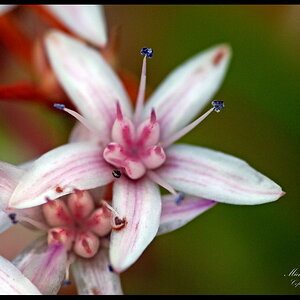Kolia
No longer a newbie, moving up!
- Joined
- Jul 19, 2011
- Messages
- 682
- Reaction score
- 54
- Location
- Ohio
- Can others edit my Photos
- Photos OK to edit
So for Sonys, the viewfinder is electronic? How the hell do you focus in low light????
Signal is boosted so the EVF is actually brighter in low light than OVF. In manual mode the camera will highlight sharp contrast over the whole field of view, confirming focus. You can also zoom in to any part of the image to further refine your focus.


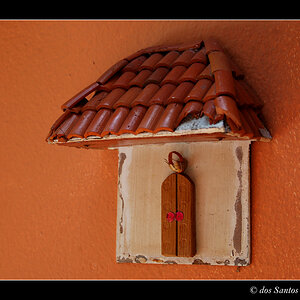
![[No title]](/data/xfmg/thumbnail/40/40285-2ce5915035c220ccb3485030863b62d0.jpg?1619739408)
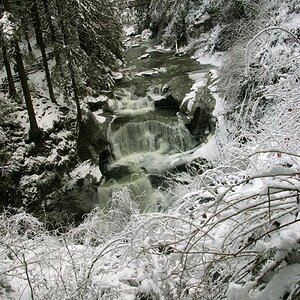
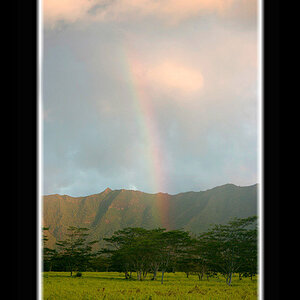

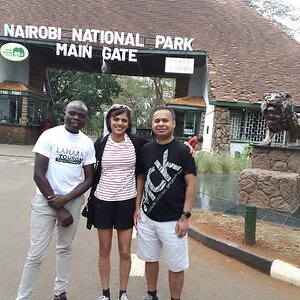
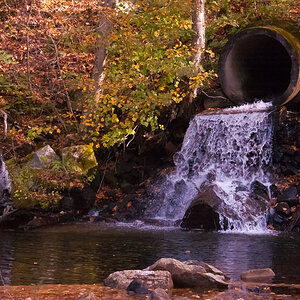
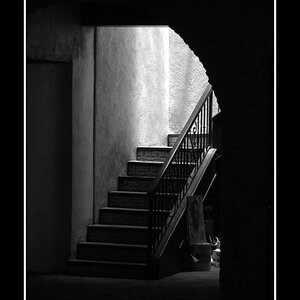
![[No title]](/data/xfmg/thumbnail/40/40284-f59f6230f0d5b9eacf977f8b0392f087.jpg?1619739407)

